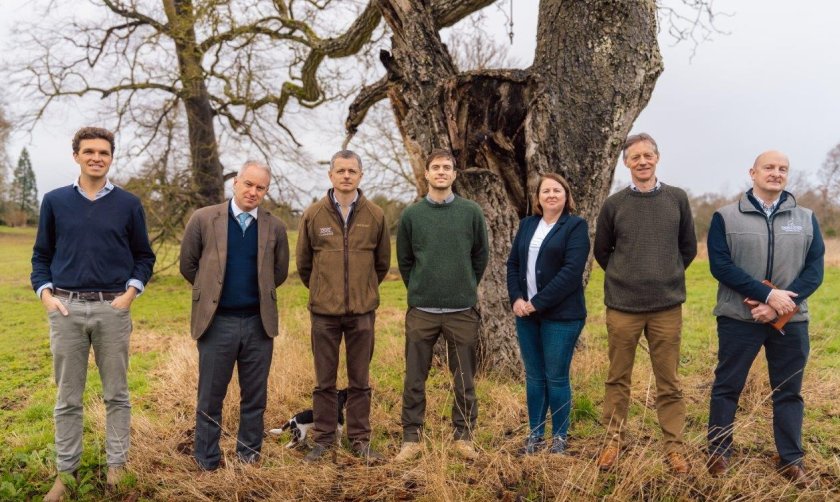
The Environmental Farmers Group (EFG) has launched its latest and largest equalization cell, including catchments in Northamptonshire, Leicestershire, Lincolnshire and Cambridgeshire.
The environmental co-op provides natural capital investors with a single point of contact and aims to ensure that farmers receive fair reward for delivering nature recovery.
The initiative has already built a trading funnel with 22 trading opportunities worth over £25 million.
Now it has launched its latest equalization cell in the Central England region, which includes Rutland, Bedfordshire, Buckinghamshire and Oxfordshire.
Natural Capital Advisory (NCA), a subsidiary of the Game & Wildlife Conservation Trust (GWCT), brokers trades on behalf of EFG and provides its environmental auditing service.
GWCT chief executive, Teresa Dent said: “It’s wonderful that such a large group of neighbouring farmers has shown enthusiasm for the concept of the rapidly expanding EFG.
"We look forward to welcoming them into the wider group and working with them on their large-scale conservation plan whilst helping them develop their distinctive cell with its unique geographical and cultural identity.
“Given the group’s proximity to large industrial urban areas there is huge potential for Central England farmers to play a key role in delivering statuary and voluntary environmental offsets.”
Combined with its developing sister environmental cooperatives, the EFG now represents 660,000 acres, or 3% of England’s farmed area.
Its 560 farmer members and registered Expressions of Interest support the central aims of 'net zero by 2040'.
The cooperative’s structure of equalization cells ensures all their members benefit financially from any trade done by the group.
The cells are made up of clusters of neighbouring farmers, which offers investors greater value through interconnected catchment-scale projects that can be easily measured and monitored.
Professor Chris Stoate, head of research at the GWCT Allerton Project Demonstration Farm, is a member of the Central England EFG steering committee.
Speaking at the launch he said: “For the past 30 years scientific research at the Allerton project has been focussed on delivering nature recovery alongside profitable farming.
"The EFG is a fantastic mechanism by which we can disseminate the wide range of evidence-based environmental measures we have developed.
“Our work on water-friendly farming will be of particular relevance as the Central England region feeds many of the UK’s biggest river catchments.
"It is also a natural progression for our local farmer cluster to join the wider cooperative connecting neighbouring farms over a huge area.”
Central England promises to have the largest geographical spread of all the EFG cells with the potential to cover 710,000 hectares.
By blending public and private finance it aims to help farmers fill the future funding gap, with £125m due to be lost annually from BPS payments in the Central England area alone.
